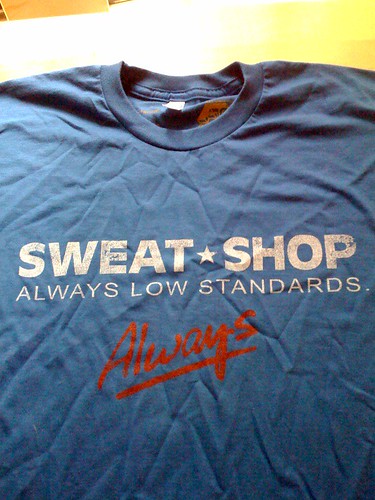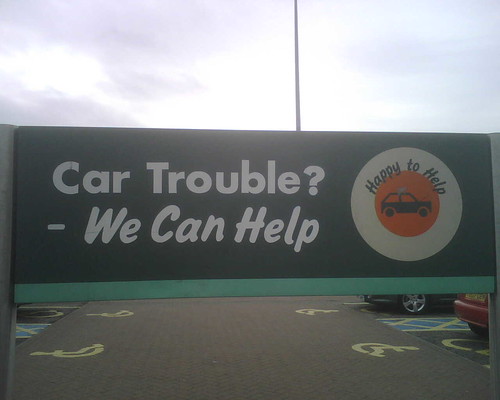On Thursday, the Social Media Club Atlanta met – Peter and Tessa continue to maintain the momentum with the re-launch of the group in late 2008. Thursday’s meetup was a very interesting discussion on how folks manage and view their identities online. There were several key areas of examination on the agenda which the panel discussed, while moderately engaged in buzzword bingo – which had Chris Brogan as an square:
- Is your online identity different from your IRL identity?
- What does it mean to “manage your online identity”?
- Are there any off-limits topics on blogs? Who decides?
- Rethinking the personal/professional dichotomy and tearing down the walls of compartmentalization yea or nay?
I basically have been thinking about this consistently for the last 36 hours, thanks to the engaging discussion. This is why I thought I might write a piece on it. The premise that you should be able to express and share online without fear is definitely a freeing concept.
Everyone WAS Correct
- Folks should be who they ARE online
- Online activities should not impact careers
- Not hiring someone because of online content is bad
- Folks should be able to blog about what they want
- Sharing and developing ideas is a good thing
- Your ability to develop deep relationships should be seen as a good thing
No doubt all good things. There however was a the feel of a naivety which themed across the general conversation. It had that college coffee discussion feel – theoretical and altruistic views of how things should be and encouraging “action”. An intellectual/theoretical discussion on the merits of social media, identity, access and the potential offline impacts with a bunch of blogger types is always a good time.
Very few things are as rewarding as in depth conceptual discussions with like minded folks – ya find that common thread and GO! Great ideas, but somewhat unsustainable concepts since choice, participation and freedom is bi-directional. I draw the personal parallel to my participation in the Workers World Party in college.
The Parity of Rights
The most common theme across all participants was the impact on social media and their careers. In principle, I think that social media offers an interesting differentiation for job seekers. That being said, a general concern surfaced on the unjust use of Google during the job hiring process, leveraging online content in hiring decision cycles and the potential reality of job loss due to online content. Compartmentalization, management and tolerance peppered many of the responses. After all – a good worker is a good worker, sorry to go all Workers World on ya.
Again a great discussion around how ideological constructs can conflict economic decision criteria. The problem with rights – they cut both ways. The same decision making ability one has on how they manage their online identity online is the same right/ability enjoyed by those that are making a given decision.
Freedom of expression and the parity of rights is an interesting thing.
Join the Atlanta Discussion, every second Thursday of the month @ Manuel’s in/near L5/Highlands/Inman Park edge area @ North and Highland.
Join Social Media Club
Join the Atlanta Social Media Club Facebook group
Articles of Interest
- My New Year’s Resolution: Use Social Media Efficiently – 52 Tips
- Wild Apricot Blog : Security Issues in Social Media Shouldn’t Put …








